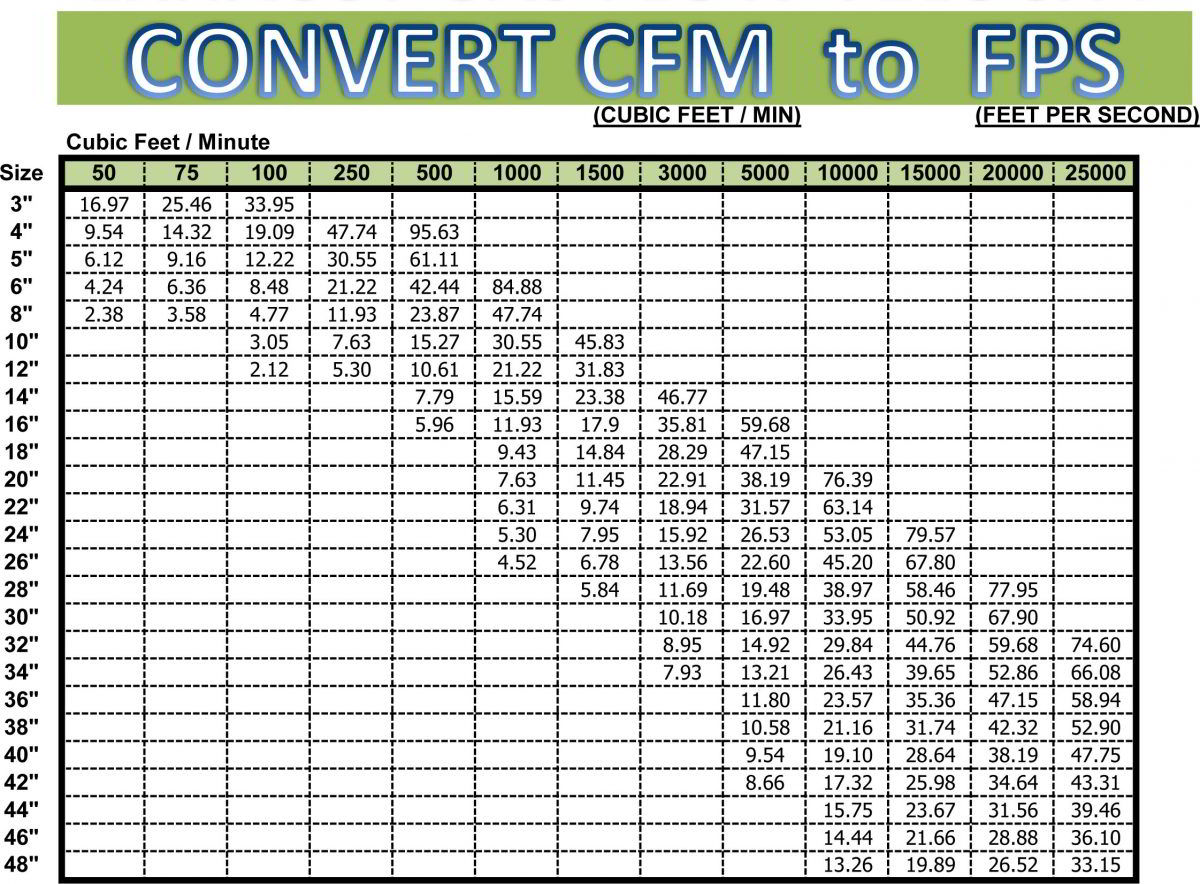Recommended CFM for Bathroom Fans

Recommended cfm for bathroom fan – The efficiency of a bathroom fan is measured in cubic feet per minute (CFM), which indicates the volume of air it can exhaust in one minute. Choosing the right CFM rating for your bathroom is crucial to ensure proper ventilation and prevent moisture buildup.
When considering the recommended CFM for your bathroom fan, it’s crucial to determine the size of your bathroom and the type of fan you’ll need. For optimal ventilation, the best wall exhaust fan for bathroom should have a CFM rating that aligns with the cubic footage of your bathroom.
This ensures efficient removal of moisture and odors, creating a healthier and more comfortable bathroom environment.
Several factors influence the CFM requirements for a bathroom fan, including room size, ceiling height, and ventilation needs. The table below provides recommended CFM ratings based on bathroom size:
Recommended CFM Ratings for Bathrooms
| Bathroom Size (sq. ft.) | Recommended CFM |
|---|---|
| 50 or less | 50 |
| 51-100 | 70 |
| 101-150 | 90 |
| 151-200 | 110 |
| 201-250 | 130 |
Types of Bathroom Fans: Recommended Cfm For Bathroom Fan

Bathroom fans come in various types, each with unique characteristics and advantages. Understanding the different options can help you choose the most suitable fan for your bathroom’s needs.
Ceiling-Mounted Fans, Recommended cfm for bathroom fan
Ceiling-mounted fans are the most common type of bathroom fan. They are installed directly into the ceiling and are ideal for bathrooms with limited wall space. These fans are relatively easy to install and are available in a wide range of sizes and styles.
- Pros:
- Easy to install
- Wide range of sizes and styles
- Unobtrusive design
- Cons:
- Can be noisy
- May not be as efficient as other types of fans
- Difficult to access for maintenance
Wall-Mounted Fans
Wall-mounted fans are installed on the wall, typically above the toilet or shower. They are a good option for bathrooms with limited ceiling space or when you want a more discreet fan. Wall-mounted fans are generally quieter than ceiling-mounted fans and are also more efficient.
- Pros:
- Quieter than ceiling-mounted fans
- More efficient
- Discreet design
- Cons:
- Can be more difficult to install
- May not be as powerful as ceiling-mounted fans
- Limited design options
Inline Fans
Inline fans are installed in the ductwork of your bathroom’s ventilation system. They are the most powerful type of bathroom fan and are ideal for large bathrooms or bathrooms with high humidity levels. Inline fans are typically more expensive than other types of fans and require professional installation.
- Pros:
- Most powerful type of bathroom fan
- Ideal for large bathrooms or bathrooms with high humidity levels
- Can be installed in ductwork
- Cons:
- More expensive than other types of fans
- Requires professional installation
- Can be noisy
Installation and Maintenance
Ensuring proper ventilation in your bathroom is crucial for maintaining a healthy and comfortable environment. Installing and maintaining a bathroom fan effectively can help prevent moisture buildup, mold growth, and unpleasant odors.
Installing a bathroom fan is a relatively straightforward process, but it’s important to follow the manufacturer’s instructions carefully to ensure proper operation. Here are the general steps involved:
Selecting the Right Fan
- Determine the required CFM (cubic feet per minute) for your bathroom based on its size and layout. This will help you choose a fan with sufficient power to ventilate the space effectively.
- Consider the noise level of the fan. Look for models with a low sone rating (a measure of loudness) to minimize noise while the fan is operating.
- Choose a fan with features that meet your specific needs, such as a built-in light, timer, or humidity sensor.
Installing the Fan
- Identify a suitable location for the fan, typically on the ceiling or wall. Ensure it’s placed away from water sources and other potential hazards.
- Cut a hole in the ceiling or wall according to the manufacturer’s instructions and insert the fan housing.
- Connect the fan to the electrical wiring and secure it in place.
- Attach the fan grille and switch plate.
Maintaining the Fan
Regular maintenance is essential to keep your bathroom fan operating efficiently and preventing issues. Here are some best practices:
- Clean the fan grille regularly to remove dust and debris that can obstruct airflow.
- Inspect the fan motor and bearings periodically for any signs of wear or damage.
- Replace the fan filter as recommended by the manufacturer, typically every 3-6 months.
To ensure optimal ventilation in your bathroom, consider the recommended CFM (cubic feet per minute) for your fan. The ideal CFM depends on the size of your bathroom and the presence of a window. While you’re enjoying the festive cheer of a holiday time christmas tree , remember to keep your bathroom well-ventilated.
A properly sized bathroom fan will help prevent moisture buildup, which can lead to mold and mildew growth.